Porsche 911 – Model evolution
Introduction
There are successful models in the world of sports cars, and there is the Porsche 911. For almost seven decades and more than a million copies sold, the 911 has managed to transcend the limits of the automotive industry. It has become an instantly recognizable object and a symbol of performance, design and quality. The 911 is no longer just a car; it’s a fashion statement, a collector’s item and a universally acclaimed post-modern cultural icon. Its flowing lines and unmistakable form are etched in collective conciseness, ensuring its legacy will live on forever. Its unique design and mechanical layout, which the company stubbornly refused to modify but refined over the years, testifies to the original idea and genius of Ferdinand “Butzi” Porsche. So it’s easy to see why the evolution of this magnificent car is so fascinating, and how much of the painstaking work behind the success of the 911 has been. Here are the stories behind each generation of 911 and how this model has remained relevant and thrived, both on the streets and on racetracks for so long.
The first models (1963 to 1973)
The success of the 356 model put Porsche on the map, but the company realized that the next model had to be bigger, more powerful and more practical. So in 1959 Butzi Porsche completed the first drawings of what would become the 911. Production started in 1964 and the first examples were powered by a 2.0-litre flat-six engine, although a four-cylinder model called the 912 was introduced. in 1965. Even though the 2+2 coupé was the standard body style in 1967, the Targa model was introduced and featured a stainless steel roll bar, which provided customers with an open-top ride but with the structural rigidity and safety of ‘cut.
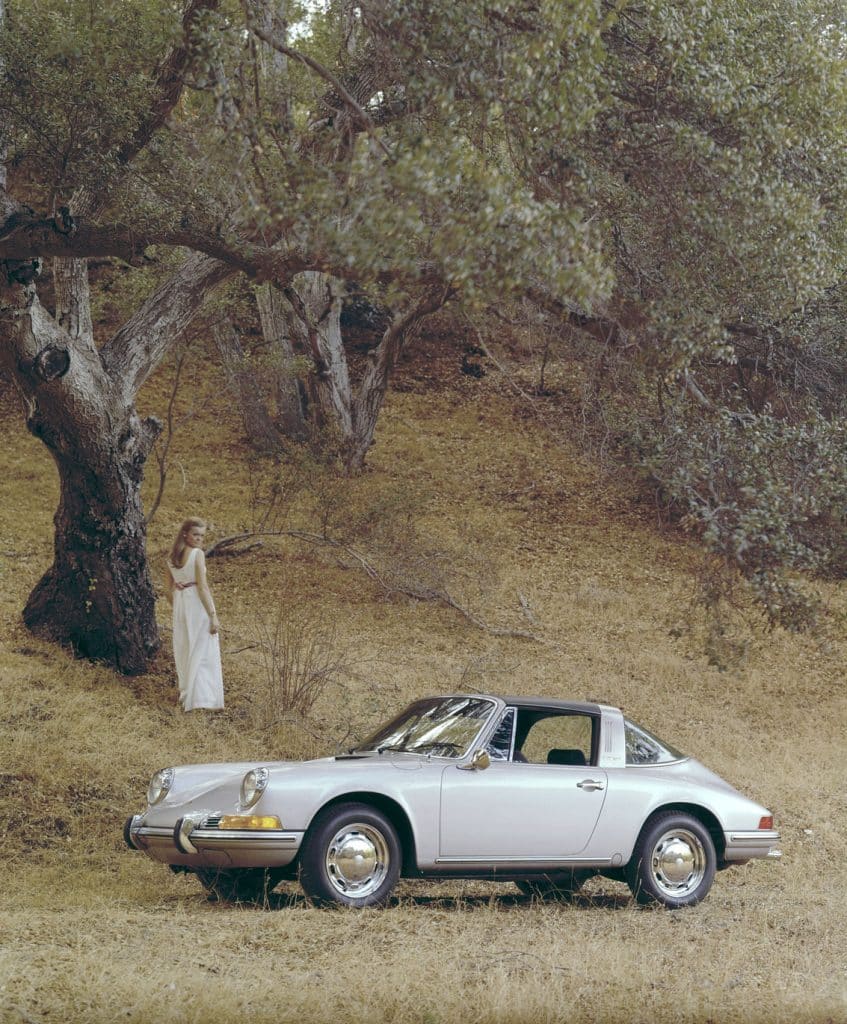
Over the first ten years, Porsche carefully developed the 911, adding more power, larger engines and suspension modifications due to the early cars’ tricky handling. Around the same time, the 911 began its extraordinary racing career, which culminated in the sublime 911 RS and RSR models of the early 1970s . These highly sought-after models were fitted with a 2.7-litre 210 bhp engine (296 bhp in racing trim), which proved unbeatable on the racetracks.
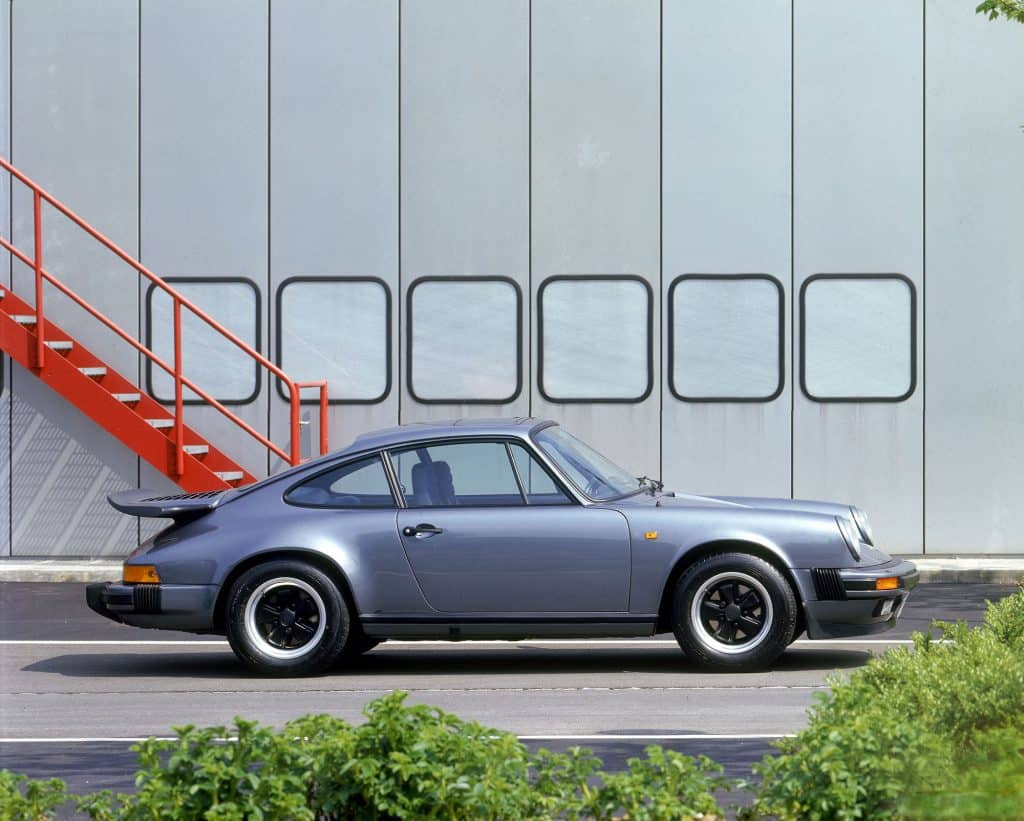
The G series (1973 to 1989)
Even though the 70s proved difficult for the 911, with emission and safety standards limiting power output and the internal decision to kill the model in favor of the Porsche 928, the 911 managed to survive and survive. stay on top. Produced in numerous versions for nearly 16 years, the oldest of all 911 generations, the G-series proved to be hugely important to the breed . Not only did Porsche continue to evolve the original concept, but it also introduced two hugely important models.
The first was the Porsche 930 Turbo which revolutionized the world of sports cars and has since remained the flagship model of the 911 range. The power of 260 hp might be considered insufficient today, but in 1976 it was enormous and made the 930 Turbo the fastest production car in the world! With low weight, notoriously tricky handling and turbo lag, the 930 Turbo was handful and scary, but that only amplified its appeal and made it an instant legend among enthusiasts.
The second flagship model was the 911 Cabriolet, sold together with the Targa. Due to a specific construction, turning the 911 into a full convertible was considered impossible for almost 20 years. However, in 1983 Porsche managed to introduce such a model, which remained one of the best-selling 911 variants until today .
The 964 model (1989 to 1994)
The 964 generation may look very similar from the outside, but it has been deeply improved, modernized and more advanced than the older G-series cars. The company has decided to remain conservative in terms of appearance but invest heavily in modern technology, suspension and transmission options. The company decided to remain conservative in terms of appearance but to invest heavily in modern technologies, suspensions and transmission options.

This is why we can call the 964 “the first modern 911” since it was equipped with ABS brakes, airbags, on-board computers and, above all, an all-wheel-drive system. But that’s not all: some versions of the 964 were equipped with the Tiptronic automatic transmission, which can be considered the predecessor of the now popular Porsche PDK transmission.
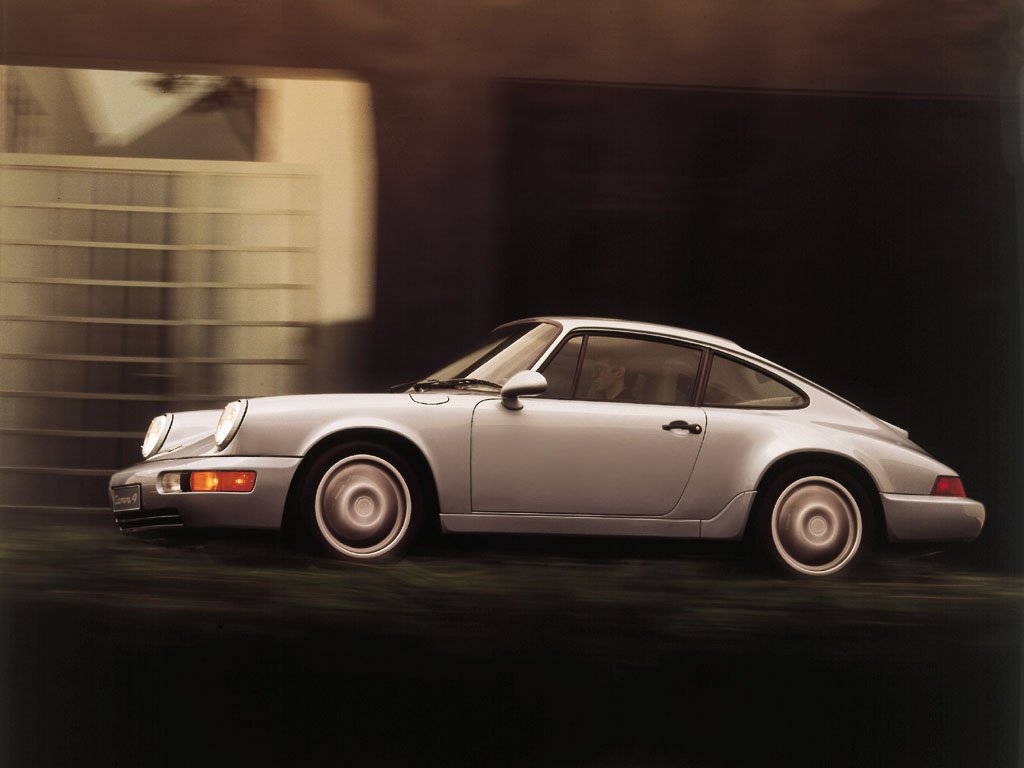
Even though the 964 was only produced for five years, it profoundly changed the narrative of the 911, broadened its talents and presented it as a Gran Turismo model, not just the fast sports car it was. always summer.
The 993 model (1994 to 1997)
The concept of a more refined, modernized and ultimately better 911 introduced in the 964 had continued with the 993 generation. With an entirely new exterior, this elegant model was also aerodynamically superior, better equipped and considerably faster than all previous models. The basic construction hasn’t changed much, but as with any new model, many small changes have resulted in better handling, better braking and better overall feel of the car.
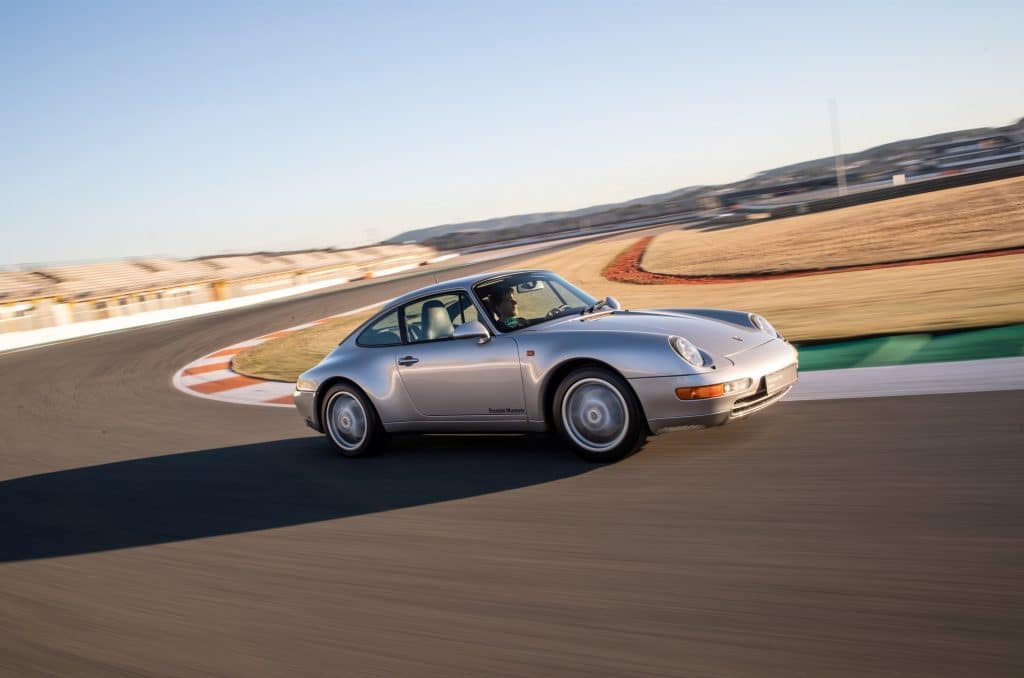
Enthusiasts regard the 993 as the “last true 911” due to the fact that this generation was the last to feature the air-cooled flat-six engines .
The 993 series introduced the GT2 model, which was one of the most extreme 911s ever built and an incredible performance competition car. Additionally, a new Carrera 4S version debuted, which combined all-wheel-drive technology with Turbo looks and supreme driving dynamics.

The 996 model (1997 to 2004)
The 996 generation was probably the most controversial 911 ever made. Some praised it, but it was dismissed by Porsche purists upon its introduction. The design was considered too similar to a cheaper and smaller Boxster. Reviewers claimed that the car lacked the feel of an older 911 since it was now built by robots on the fully automated assembly line .
But the main concern was the engine. Even though it was the same flat-six configuration, it was water-cooled, which was necessary to get more power and meet emissions standards.
Regardless of the initial reviews, the 996 generation proved to be a worthy successor. It introduced new technology to the 911 family, which sold in remarkable numbers, and brought the legendary GT3 name to the lineup along with another GT2 model as the top-of-the-line 911.
The 997 model (2004 to 2011)
With a more balanced design, a new generation of engines and modern technology, the 997 was a new step in the 911 saga . The 997 era marked the introduction of Porsche’s dual-clutch PDK transmission, which is now a preferred choice across the range. As expected, the 997 set even higher standards in terms of ride feel, power and performance.
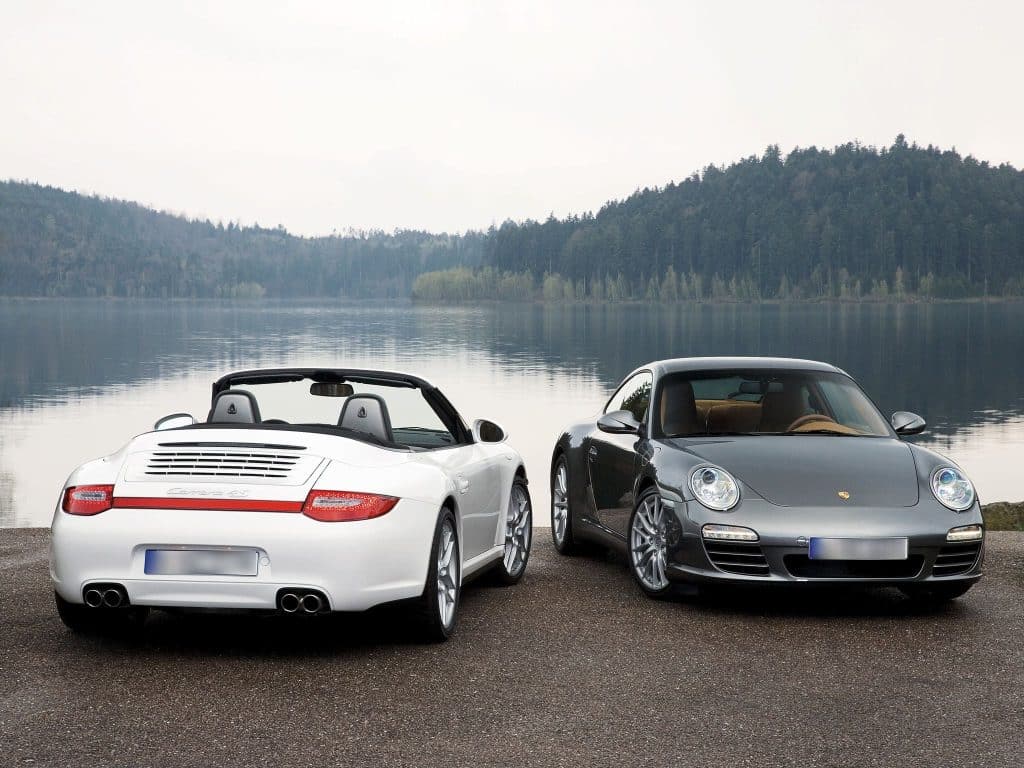
For true driving enthusiasts, the GT range continued with GT2 and GT3, which were considered the finest driving instruments available . Of course, the mighty Turbo remained in the lineup, but GT3 4.0 RS, with its bespoke engine and revolutionary technology, is the most sought-after model in the 997 range.
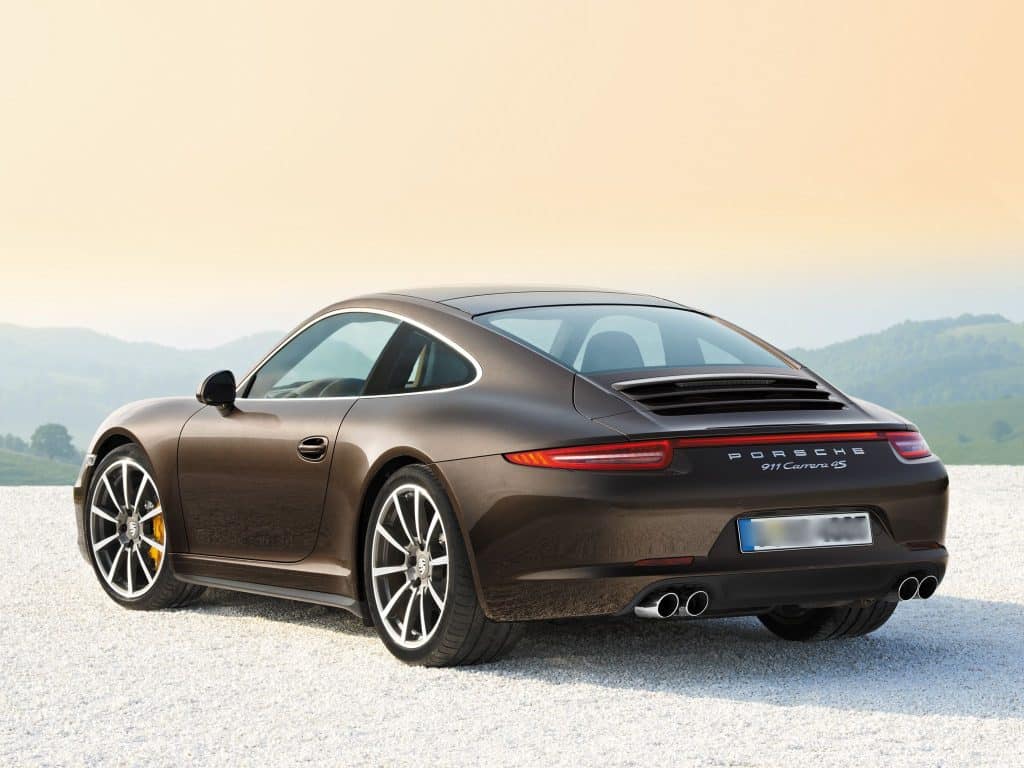
The 991 model (2011 to 2018)
The 991 model is characterized by a magnificent design and other improvements in technology and construction. However, despite looking good, fast and extremely capable, the Porsche faithful still had some criticism directed at the new electric power steering. It may lack the feel of an older hydraulic unit, but it offers much faster cornering and improved driving dynamics.
The sublime GT series continued with an insanely fast GT2, and the GT3 and Targa models returned with an extremely cool drop-down roof, which is mesmerizing to watch.
The 992 model (from 2018 to today)
Advanced, faster, bigger and more capable, that’s what we could describe the 992 generation in a nutshell. The eighth incarnation of this legendary name brought us turbo technology across the lineup with no naturally aspirated engines available, new suspension, a wider track and an improved design.
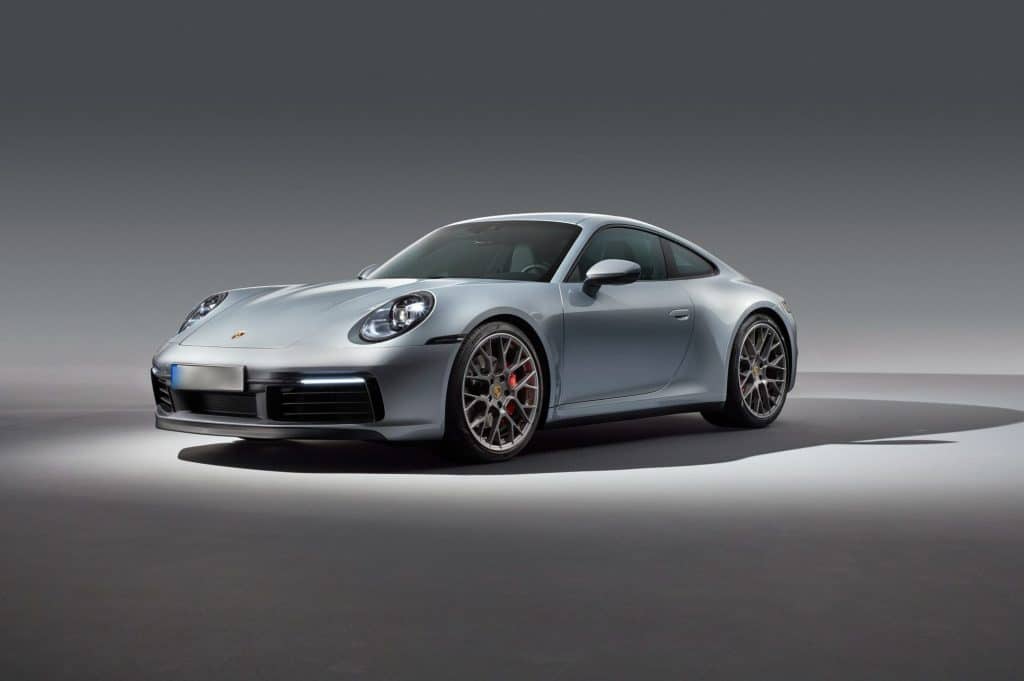
Again, Porsche extremists might find these features insulting to the original concept, but Porsche is well aware of the importance of this model and is evolving it accordingly.
That being said, we’re sure Porsche will introduce unique models and versions next year to commemorate the model’s 70th anniversary and its incredible journey.





